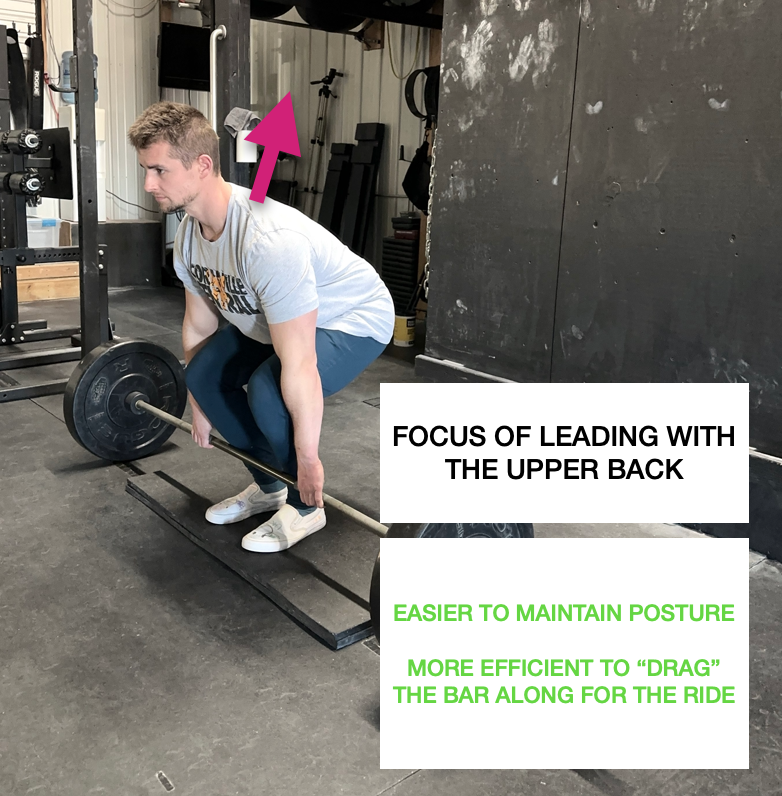At the start of February, I set a goal for myself to begin each of my workouts with at least a couple sets of dumbbell rows. I planned to do this for a month, and was hoping to strengthen my upper back to help boost my deadlift.
Also, I wasn’t planning on doing ordinary DB Rows - I was using a very heavy dumbbell (one that was so heavy that it required some body english to hoist around).
I started doing these rows at the beginning of each workout without much focus on the movement or much planning. Some days I would do sets of 5, some days sets of 8-10. Some days I would do a ton of sets of just one or two at a time. I didn’t really care about set and rep structure, I just wanted to pull some reps on a heavy weight.
For most of the month I was consistent and stayed true to my goal. Toward the end of the month though, I got lazy a couple of days and skipped the rows at the beginning of the day.
And on the days that I skipped my rows, I noticed a surprising correlation…my lifts were lousy on those same days and my workout in general was not good.
When I first devised the idea to start each session with heavy rows I figured that my performance would go down a little bit due to pre-exaustion from the rows. I never really noticed that to be true, but I certainly didn’t expect the rows to enhance my performance every session.
It wasn’t until I linked my bad workouts to the skipping of rows that I actually did believe they helped my lifts that same day.
Here is what I now believe…
Starting your lifting session with a few sets of heavy rows activates your upper back and helps familiarize a “set” shoulder position.
You need a strong upper back and “set shoulders” to support the weight you are trying to squat, bench press, deadlift, overhead press, etc.
Any compound movement you can train will heavily involve the upper back.
Starting your workout with heavy rows warms you up in a hurry.
If you are using heavy enough weight, your whole body will be stimulated making the exercise a potent energizer.
My theory is that the weight you are rowing should be very heavy - nothing you can do in strict fashion - and done at relatively low volumes (I would say 25 or less total repetitions each side).
If you’re rowing a weight that doesn’t require use of straps, the weight isn’t heavy enough.
I do predict that if you performed rows at higher volumes to begin each workout, say 30-60+ reps per side, that a pre-exhaustive effect would set in and your performance would in fact suffer for that session.
That’s just a guess though. Maybe I’ll try that in the future.
As for now I’m going to keep doing my heavy rows at the beginning of each day. I like how they make me feel and I like what they do for my lifts.
Try them for yourself and let me know what you think…


